The production by globally acclaimed artist William Kentridge and a stellar cast of collaborators focuses on the African porters who carried arms, supplies, officers' kits, and cannons used in the First World War. The title speaks not only to the physical burden that these people bore, but also to the burden of history and its effects on the psyche.
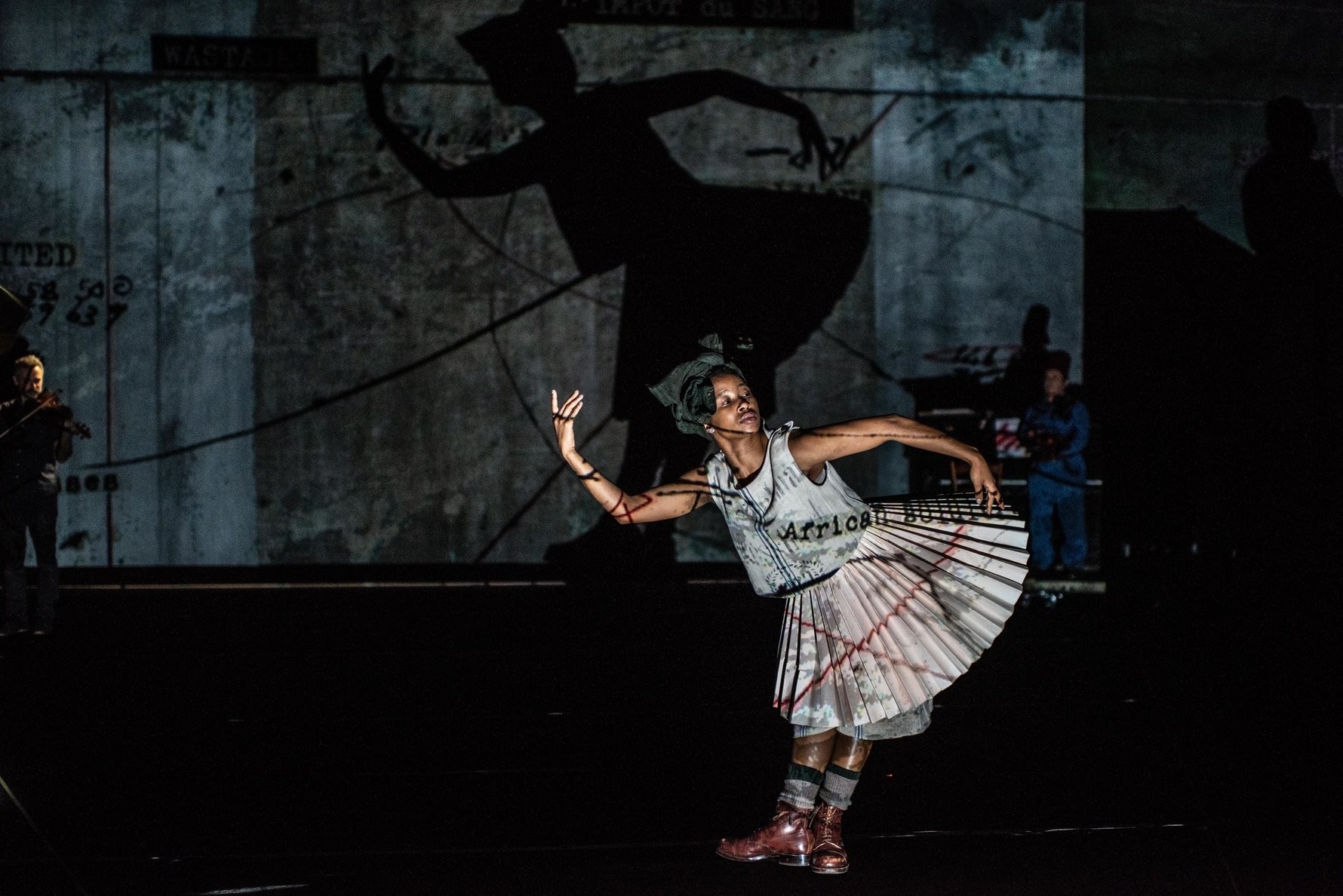
There is a palpable excitement about the production finally being performed in South Africa, after three years of postponement. This is from both the audience – who is privy to the international acclaim – and the performers who look forward to the reception of their work by an African audience.
Last week we attended a talk at Arts on Main where Kentridge has his studio and Centre for the Less Good Idea, on the making of this multi-layered production. We were blown away by what we heard.
The production ambitiously combines music, dance, film projections, mechanised sculptures and shadow play to highlight the largely untold story of millions of African porters and carriers who served – and in many cases died for – British, French and German battlefield forces in the first world war. For this evening, Kentridge and his team revealed the tricks of the performance, but maintained the magic.
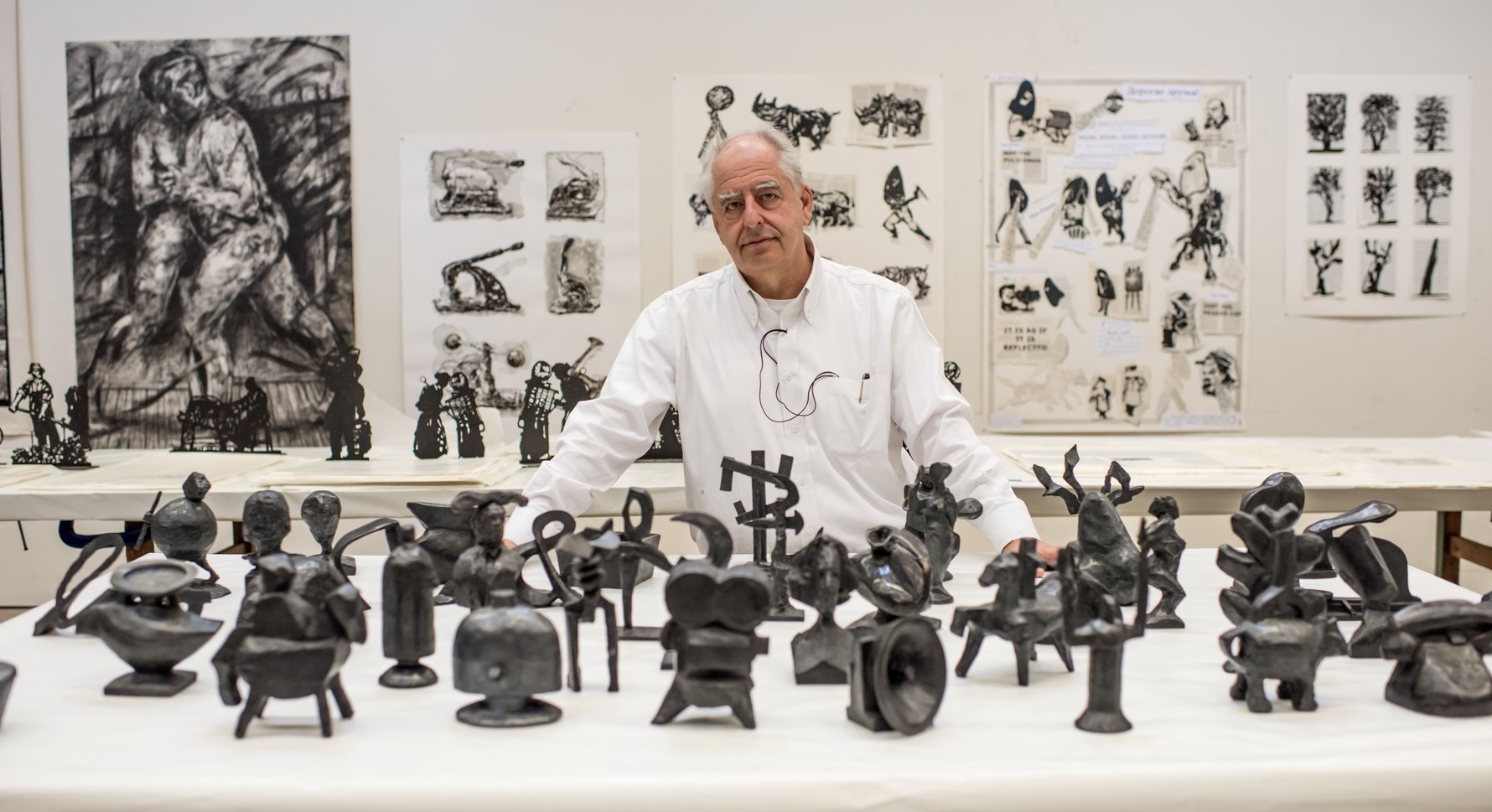
They told us how their philosophy in the process was to give impulse the benefit of the doubt, and how out of that language of impulse, this production was born.
After a warm welcome by the artist and director, William Kentridge, the audience was invited to break down the fourth wall of the theatre production, and step into the workings of the collective mind of the artists, quite literally showing the making of the production. Here we witnessed Kentridge, Nhlanhla Mahlangu, Thulani Chauke, Gregory Maqoma and Tlale Makhene at work, as they talked through the unfolding of their process and how the production evolved on stage.
It was striking to hear the strength of their collaboration – a hallmark of Kentridge’s creative work – and thrilling to witness off the cuff moments of improvisation throughout the talk. A seemingly random instruction would be thrown out by Kentridge in response to a phrase he says and suddenly the performers are in action, bellowing sounds, moving around the stage and embracing their characters.
An impressive example of this is when Kentridge pulled Linda – one of the singers from the production – out of the audience to deliver an impromptu rendition of ‘God save our King’ before disrupting it with loud bangs of the drum, and erratic dancing. We saw Kentridge in his element with a smile on his face as he enjoyed the playful interaction, and the audiences engaging response.
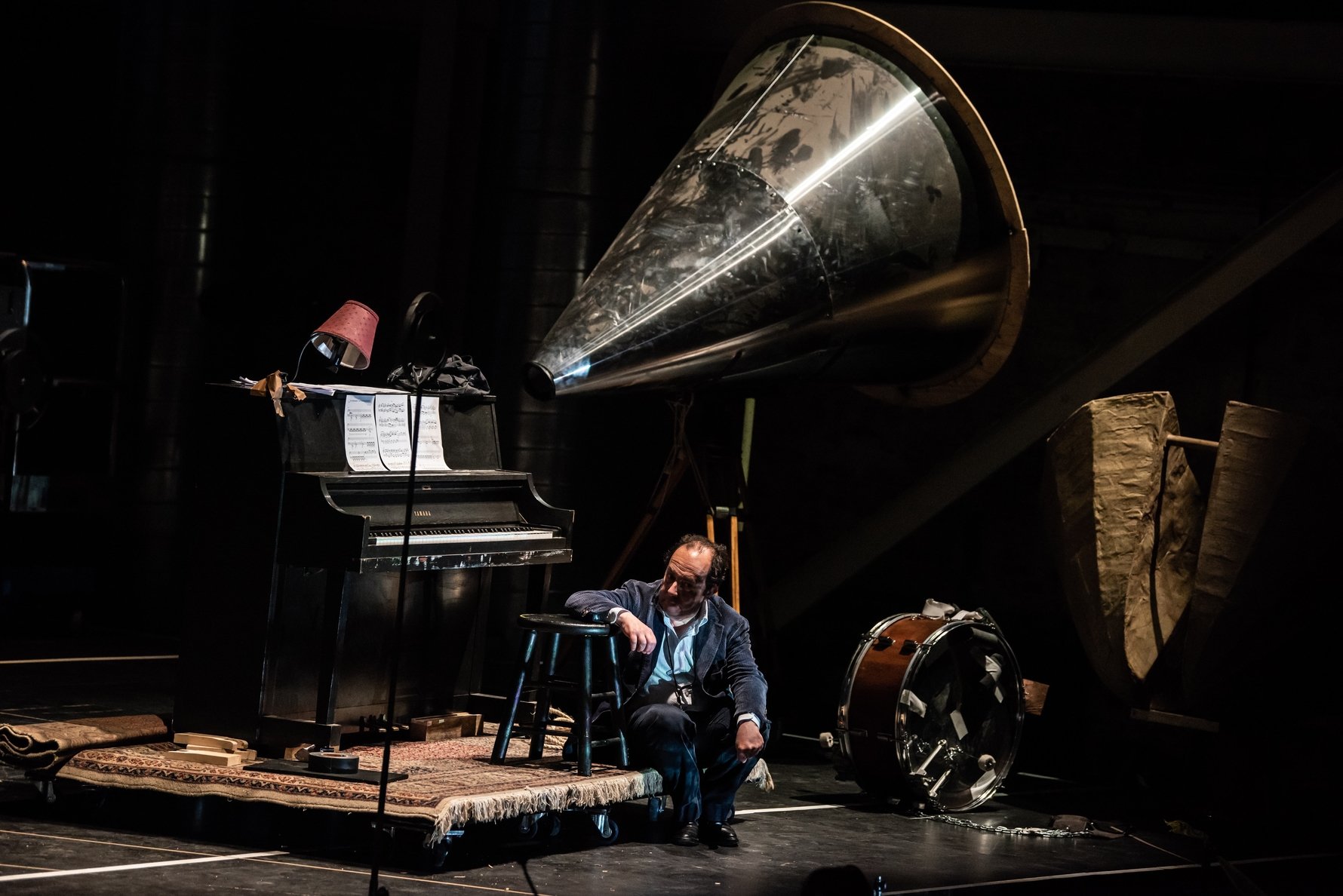
The talk was casual yet informed, with each topic a springboard from moment to moment that allowed the artists to recall their experiences and knowledge of the ‘making’ process with fondness. They told us how their philosophy in the process was to give impulse the benefit of the doubt, and how out of that language of impulse, this production was born. Throughout the talk, they played snippets of recordings from the production and rehearsals, giving the viewer enough to feel as if we have been behind the scenes. It made us even more excited to see the final product.
War can be understood as a ‘spasm’ in history, and it has been retold in bits and pieces, with the retelling having deliberate pieces cut out, reconstructed and repositioned.
Choreographer and dancer Gregory Maqoma quite beautifully explained the significance of this talk, the rare opportunity to see the efforts of the artists behind the work, and not simply see the polished final product.
Kentridge introduced the story behind The Head and The Load, breaking the ideation of the production into categories. First, he unpacked the histories of the First World War and how versions of this story were interpreted into the performance. Then he broke down the movement, dance and shadow play. We learnt how the projection of light is played with to give the audience an idea of scale, filling up an intimidatingly large stage with small figures, creating an illusion of space with large shadows. They also described the physicality of the dancers and actors, and how it encapsulated the idea of ‘spasms’. War can be understood as a ‘spasm’ in history, and it has been retold in bits and pieces, with the retelling having deliberate pieces cut out, reconstructed and repositioned. Kentridge explained how artists responded to the acts of the First World War by breaking down logic. If the good logic of Europe produces such a catastrophe, then how could we avoid that logic all together?

The talk ended with a quote from Kentridge on how the colonial logic towards the black participants in the war could be summed up as, “Lest their actions merit recognition, their deeds must not be recorded.”
The Head and The Load is a counter-narrative – a recognition and recording of those forgotten and buried deeds – and is set to be an utterly moving showcase of local talent. Do not miss your opportunity to see it – book your ticket here.


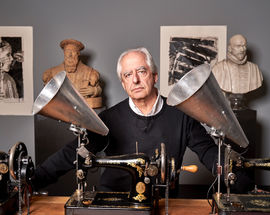
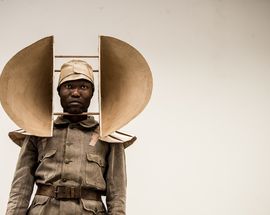
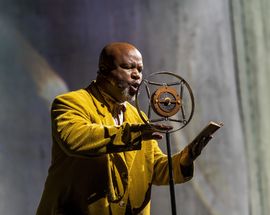


Comments